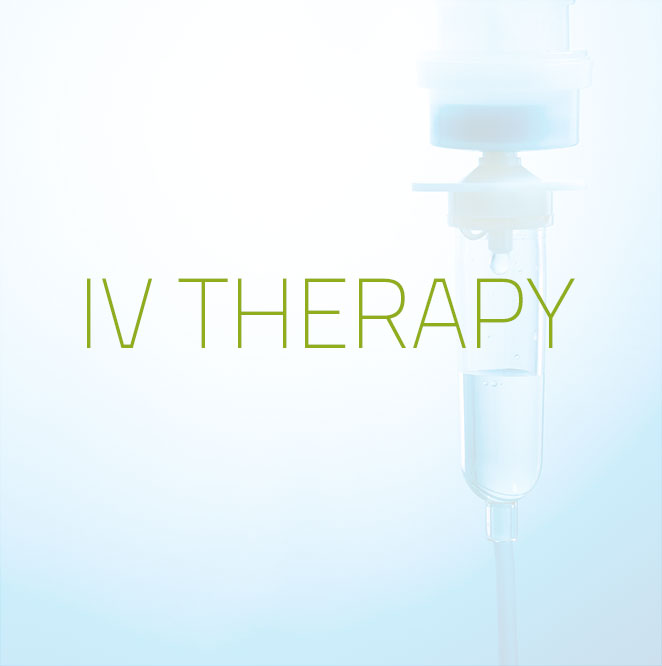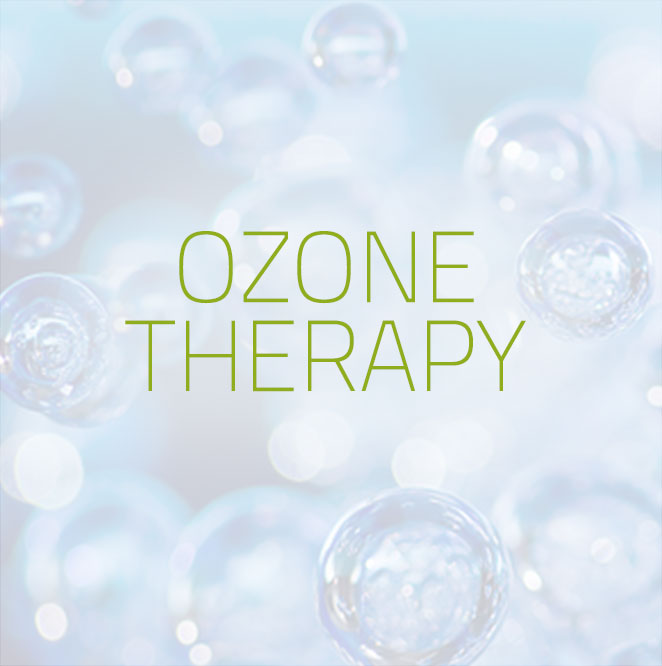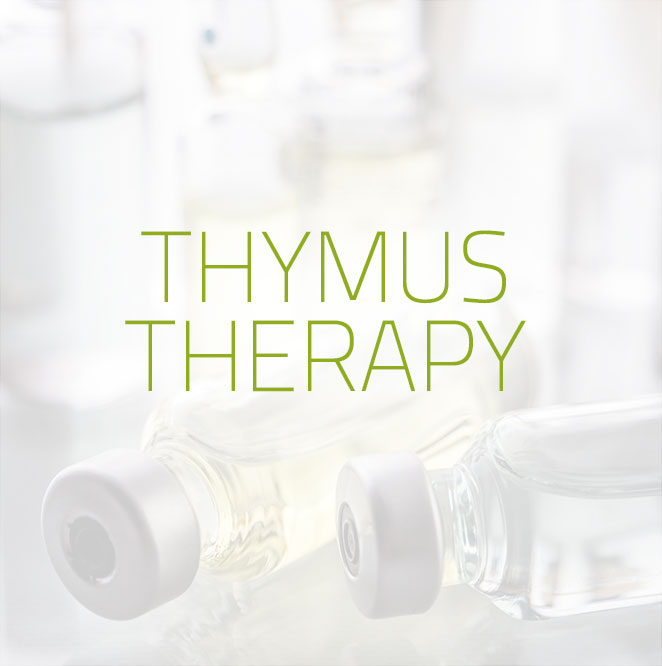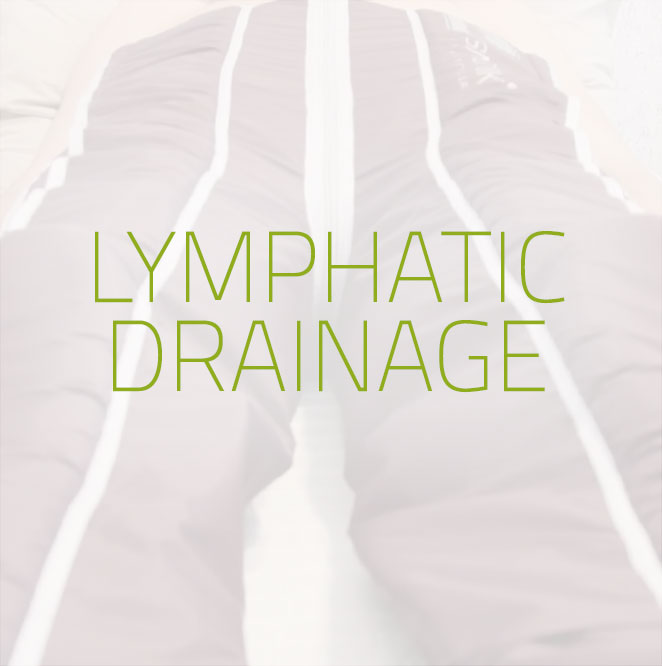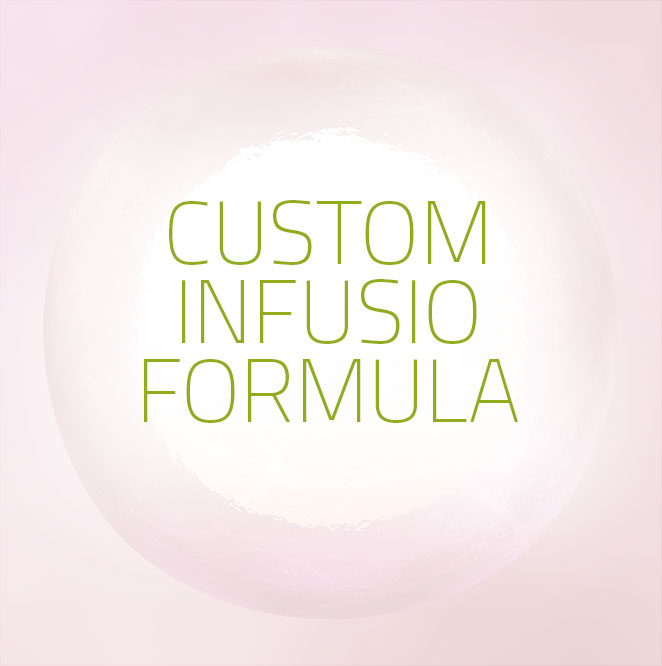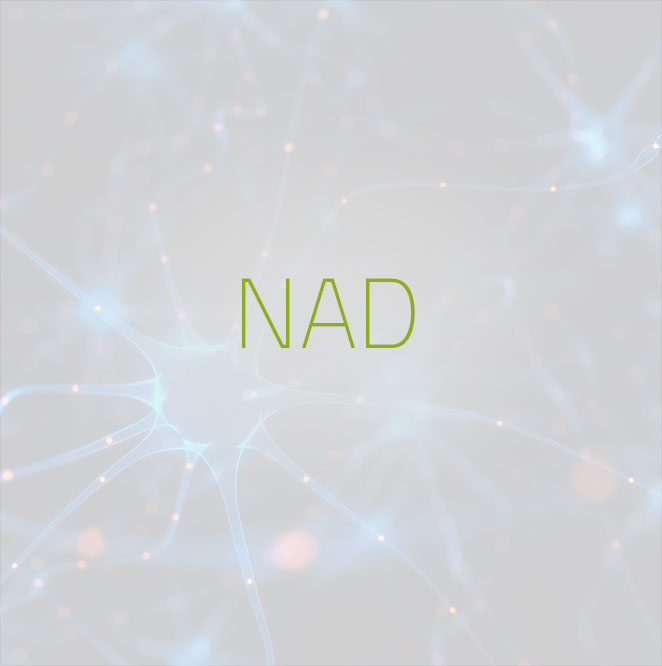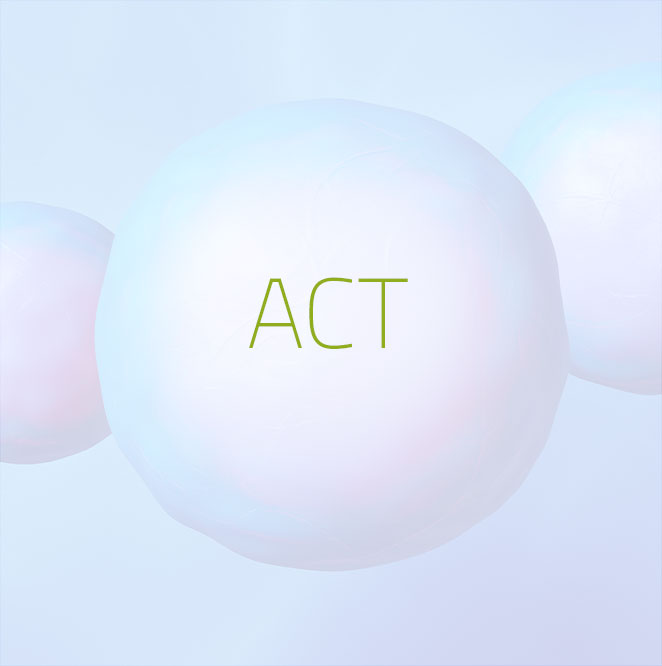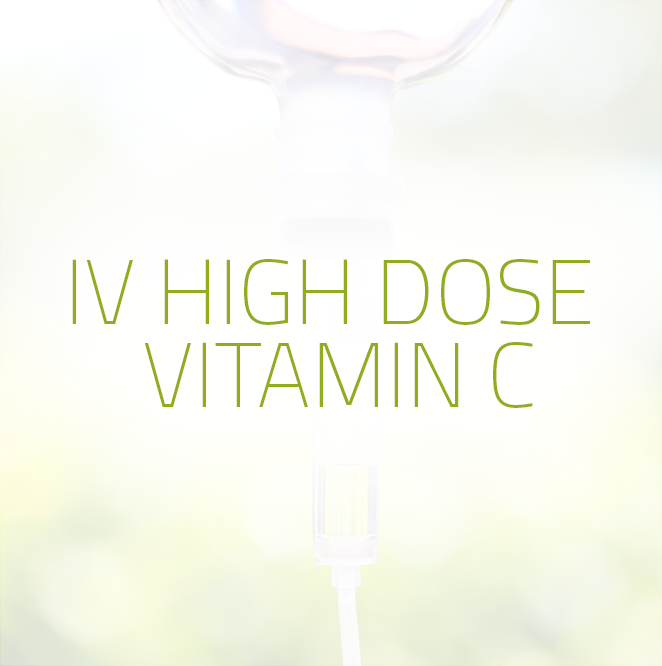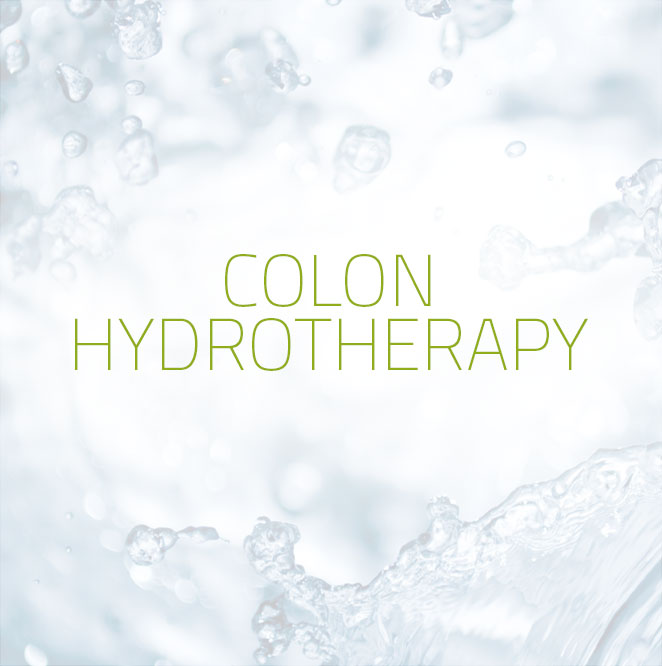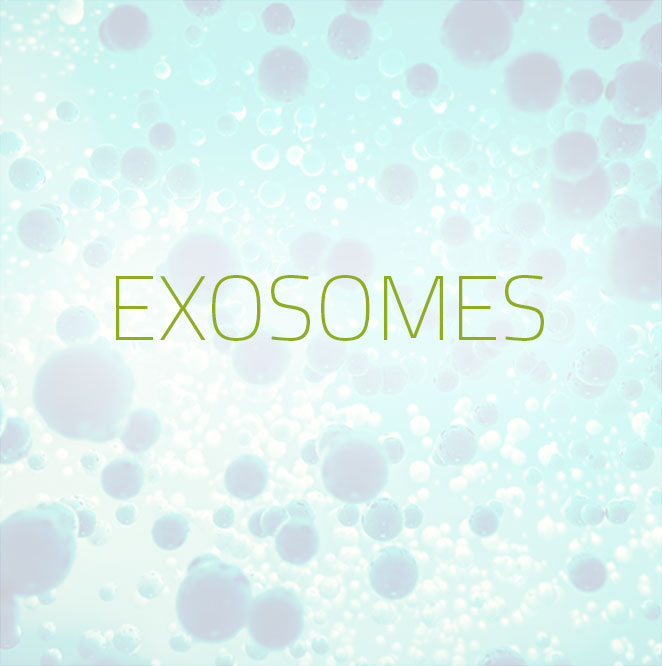Download the INFUSIO®
LYME & TICK-BORNE DISEASE
Program Brochure
Download the INFUSIO®
LYME & TICK-BORNE DISEASE
Program Brochure
As Seen In:





It’s time to take a new look at Lyme disease. The days of a speedy diagnosis and simple dose of antibiotics are over. Lyme disease has mutated into a pandemic of uncertainty and suffering for thousands of people around the globe. The challenges range from uncertain diagnostics to ineffective treatments.
Lyme Disease is a multi-faceted, systemic disease requiring a multilevel integrative approach. Infusio takes a new look at Lyme and has designed a program to take into account multiple aspects of Lyme disease and addresses these on multiple levels from foundational optimization to neurological and structural repair.
When treating tick-borne disease there is more involved than simply trying to eradicate pathogens. Firstly, it is almost impossible to know all the pathogens which have invaded the body and it is equally difficult to determine which ones are responsible for what symptoms.
Our approach assumes that a healthy body can defend itself against disease and that the natural tendency of our body is to heal. Unfortunately, many factors can interfere or even prevent the natural patterns of our body from taking place.
Using the five steps to health we can help the body find the balance it needs to heal.
The immune system consists of an array of cells, which need to be present in a specific ratio to one another for the system to function in a coordinated fashion. An imbalance of occurs through stress, environmental challenges, incorrect nutrition, and chronic inflammation.
Damage to the thymus gland, the gland which monitors and controls the immune cell ratios can also play an important role. By using thymus extracts and other trace elements, it is possible to help restore thymic function and restore healthy ratios of the immune cells. This allows the immune system to detect and destroy microbes effectively.
To reestablish a healthy cellular terrain many steps are needed. Through inflammation, the cells are often deprived of oxygen. This hypoxic state interferes with many basic functions of the cell. Cells need glucose as food. In the mitochondria this glucose is converted into something called pyruvate. Pyruvate in needed to power the so-called Krebs cycle. The Krebs cycle is the powerhouse of the cell. Where there is a lack of oxygen, glucose is converted to lactate instead of pyruvate. This lack of pyruvate essentially suffocates the Krebs cycle. It prevents the cell performing its basic functions including ending its life through apoptosis. Apoptosis is necessary to protect our organism from being overtaken by abnormal or infected cells.
The conversion of pyruvate into lactate causing the space in between the cells to become acidic. This, in turn, effects the electrical potential around the surface of the cell, making it difficult, if not impossible for a cell to effectively absorb nourishment or to discharge its waste. The key to reestablishing homeostasis is to overcome the situation. This we do, in that we give specific substances which in themselves converted to pyruvate, automatically feeding the Krebs cycle to activate the metabolism of the cell.
Additional IV treatments are given to neutralize the acid between the cells, thus depolarizing the cell membrane. This, coupled with the application further substances can selectively open the cell membrane, allowing the cell to take in nutrients and to let out waste. In this state,
It is now possible to reach the cell and the intracellular space with IV nutrients such as vitamins, minerals, amino acids and trace elements. The tissue can also be flooded with NAD this replenishing the ATP of the cells.
Through the activation of the Krebs cycle and the increased energy through feeding the cell, damaged or infected cells are able to perish through apoptosis. Additionally, transcription factors, which are healing, and anti-inflammatory are released. Some of these factors are antimicrobial, providing a natural defense mechanism within the cell. This in a cellular level, homeostasis can be achieved.
Through the immune modulation, the immune system is now able to start a coordinated response to microbes in the system. Thymus hormones, which help regulate the condition of our tissue, also start to increase and help support homeostasis. In this state, the select use of antimicrobial agents may also be effective.
On another front, the application of laser or photobiomodulation helps replenish the cells with energy. Photobiomodulation helps rid the body of oxidative stress and free radicals. A similar effect is achieved with the application of intravenous ozone.
It is theorized that Lyme and co-infections also hijack certain processes in the cells, making it difficult for the body to retain zinc, vitamin b6, biotin and other essential factors. This state is called KPU. These nutrients can be replenished through IV cocktails and post treatment supplements. The lack of zinc can cause the cells to hoard heavy metals in its place. With the cellular terrain now functioning, it is relatively easy for the cells to release these metals. To avoid them triggering high amounts of oxidative stress, which in turn causes inflammation (restarting the whole cycle), select chelating agents are carefully applied.
Once the immune system has begun modulation and homeostasis is achieved, cell therapy can be applied. While stromal vascular fraction in itself is strongly antimicrobial, it’s true power lies in the stem cells and growth factor it contains.
Blood stem cells in the SVF further modulate the immune system and supply the precursors to the array of immune cells the body needs for its defense. Mesenchymal stem cell flood damaged tissue in the body. Many of them die off, releasing a signal, which triggers the release of millions more stem cells from the body’s fat reserves and bone marrow.
Mesenchymal stem cells also trigger the growth of neurons or nerve cells. Damage to the central and peripheral nerves is a major factor in the manifestation of tick-borne disease. Neurological repair comes with a small price – mast cell activation. Mast cells release histamine which in turn triggers inflammation. Uncontrolled, this can through the tissue back into a hypoxic state and damage homeostasis.
In a healthy person, an increase in histamine may be nothing more than a temporary inconvenience, causing some minor symptoms. Patients with tick-borne disease often have two factors, which completely change the game:
To combat this, it is important to give support on three levels:
High levels of glutamate, not only make patients feel neurotic, depressed and emotional, they are also thought to make us much more sensitive to pain, exacerbating the discomfort. The high production of glutamate also robs the body of serotonin, which again can interfere with the way we experience pain and causing a chemical imbalance in the brain.
The Integrative Lyme Program is a 12-month program. It is made up of a 2-week period at one of the Infusio treatment centers, a 4-month home program, followed by a 4 day follow up treatment at the center. After which you receive an optimized home care support for another 8 months. Each part of the treatment is designed to support the different stages of development experienced during the program.
The Integrative Lyme Support Program includes a specific number of diagnostics, therapies and treatments.
However, there may be modifications to the type of therapy, number of treatments and their duration. Each patient receives an individualized treatment program. This will depend upon your individual health assessment as indicated by our medical team. The 10-day regimen is intensive and lasts approximately six hours each day.
Additional treatments may be added to the therapy. These treatments are not part of the program and will be at an additional cost, quoted prior to the application of the treatment.
The initial treatment consists of 10 days of supportive therapies such as medical consultations, intravenous treatments, immune modulation, bodywork, nutritional counseling, lymphatic drainage, and biophotomodulation. Typically, after 8 days of supportive treatments, patients are scheduled for a procedure day to receive SVF cell therapy.
The second phase of treatment is a home care program. This focuses on restoring digestive and immune health. We see this as an important stage as it helps optimize the immune system, reduce inflammation, restore the intestinal flora and help the body develop digestive enzymes such as DAO. During this time, patients follow the prescribed diet, ingest soluble fiber, take specific probiotic supplements, perform castor oil packs, take supplements such as zeolite clay, receive methylation support and keep a daily routine of breathing and relaxation exercises.
During this phase, we often recommend the use of a histamine scavenger. This is because mast cell activity and histamine production can increase while changes occur in the neurological system. (Available on our Home Care Program page here)
Weekly follow up phone calls can be scheduled to talk to an Infusio team member. This weekly phone call is to allow you to ask any questions about any symptoms or changes you are experiencing after therapy. The team member can offer help and advice and can relay any medical questions to the medical team. Every week, you also receive helpful tips, recipes, interesting articles and encouraging pep-talks via email from our team.
Phase three is the follow up appointment. Patients return for a 4-day follow up consultation and some IV treatments. In order to support the progress of the SVF cell therapy, our patients also receive autologous cytoimmunotherapy (ACT).
The home program continues as an optimized home care support regime. During your follow up appointment, you will receive further instructions regarding supplements to take and any other supportive measure needed.
As many Lyme patients also suffer from kryptopyrroluria (KPU), or more precisely hemopyrrollactamuria (HPU), supportive supplements may be needed. These may include specific supplements containing zinc, vitamin B6 and manganese as well as binders to help remove metals and support detoxification pathways.
For a detailed description of our Home Care Program click here.
Infusio is committed to the success of our patients who participate in our treatment programs, which is why we aim to provide as much follow up care and information as possible.
For detailed information regarding what you can expect regarding aftercare including communication, patient resources, and more, please visit our Program Aftercare page here.
Below are the treatments that make up the Infusio Lyme Protocol. It is through these treatments that we optimize the immune system, repair and reverse cell damage, and help the body to heal itself.

